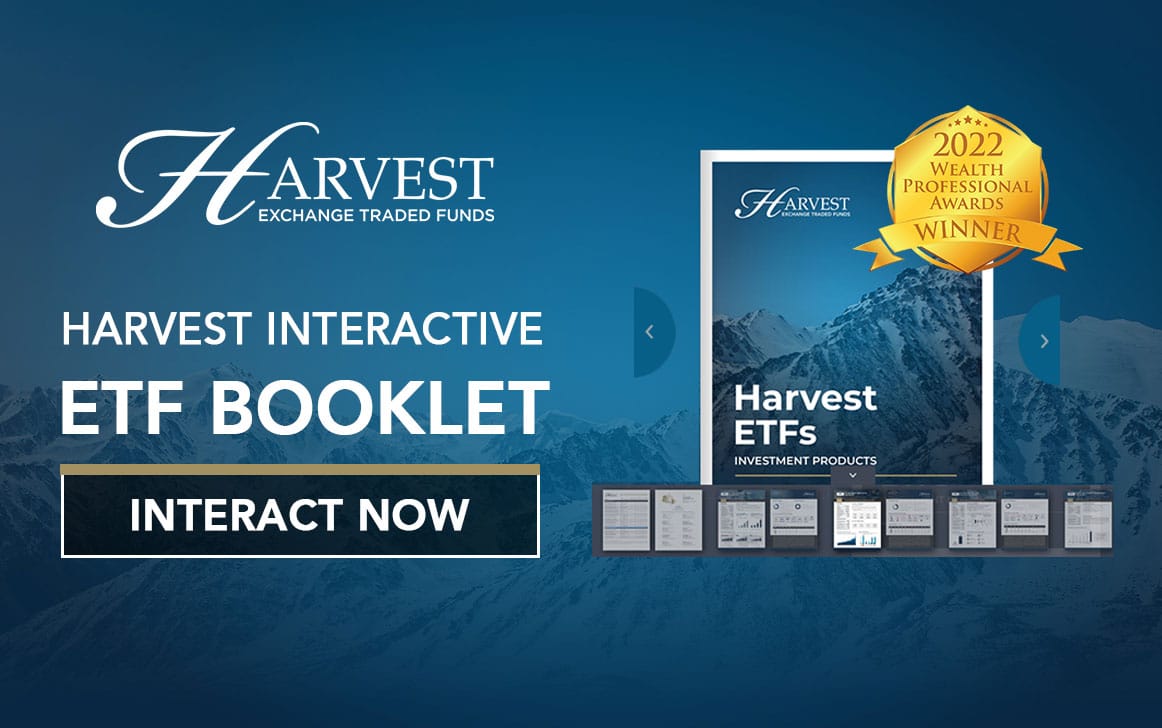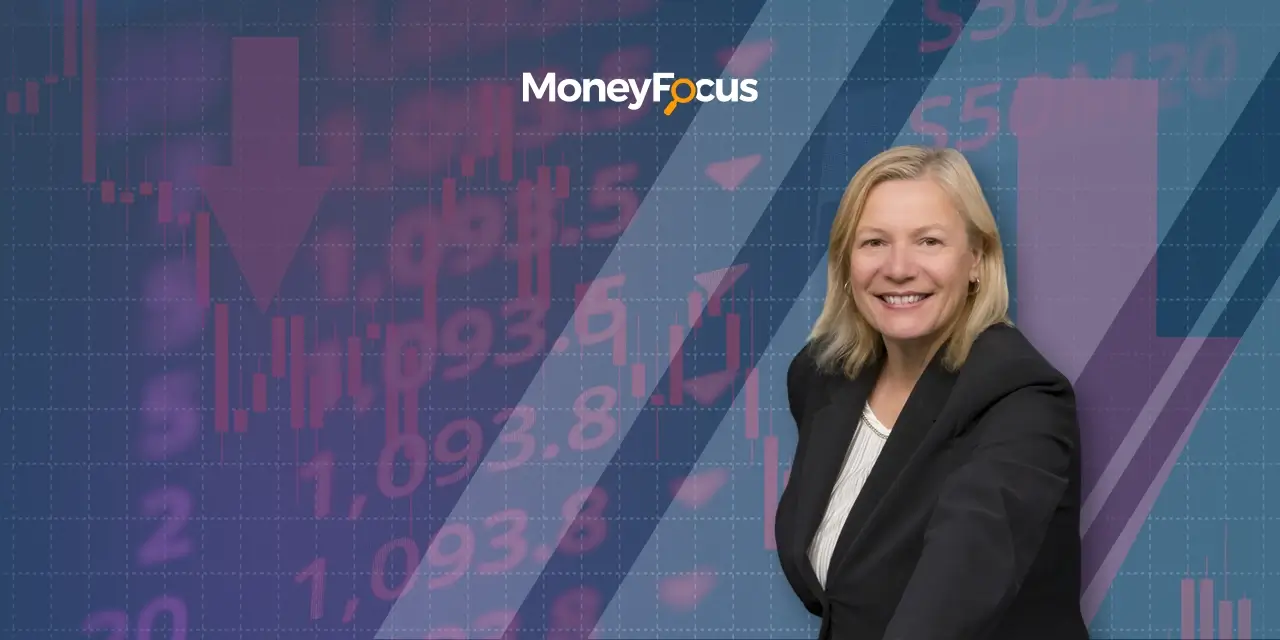By Harvest ETFs
Canadian investors have questions about ETFs and mutual funds. At Harvest ETFs we are often asked questions like “which is better, a mutual fund or ETF?” or, “Why buy ETFs instead of Mutual Funds?” While the answers to those questions depend on the unique needs and goals of each investor, understanding the difference between these two investment tools can help an investor find the answers they’re seeking.
As an independent ETF provider, with our own suite of mutual funds, Harvest ETFs has some expertise on this subject. We will explain what a mutual fund is, what an ETF is, and the difference between the two.
What is a Mutual Fund
A mutual fund is a managed fund that pools money from shareholders to invest in securities. They are operated by investment fund managers, who allocate assets in the mutual fund to achieve its stated goals for investors. By investing in a mutual fund, ordinary investors get access to a portfolio of securities and professional management.
Mutual funds have a long, established history. They were first launched in 1924, but grew rapidly in the later half of the 20th century, peaking in importance during the 1980s and ‘90s.
Mutual funds are grouped into a wide range of categories based on their objectives and the securities they invest in. They charge management fees to investors which can impact overall returns. There can be imbedded trailing commissions paid to the investment dealer that can also impact overall returns as well.
Mutual funds are priced at the end of each trading day by dividing the total value of the holdings in a mutual fund’s portfolio with the number of units or shares outstanding. The resulting number is called the Net Asset Value (NAV) per unit or share. In these funds, that NAV does not fluctuate during market hours. At the end of a trading day the NAV is settled and investors can buy and sell units or shares of a fund.
The risk-return profile of a mutual fund can be determined by the securities it holds in its portfolio, however there are proscribed securities regulations that require a risk classification based on historical standard deviation measurement methodologies. Depending on those securities a mutual fund could pay income from dividends, interest, or other sources. It could also appreciate or depreciate in value based on the market performance of its holdings.
Mutual funds have been one of the most popular tools for Canadian investors in the 20th and early 21st centuries. However, exchange traded funds (ETFs) have become a very popular and faster-growing tool.
What is an ETF?
An ETF stands for exchange traded fund and technically, is a mutual fund that trades on an exchange. ETFs have many similarities to mutual funds. For example, like mutual funds they allow investors to access a professionally managed portfolio of securities through the purchase of a single ETF “unit”.
ETFs can also capture virtually every corner of the market. They can hold traditional equity or fixed income portfolios, or portfolios of ‘alternative’ assets. They can sometimes use highly sophisticated investment strategies that are not available to ordinary retail investors.
Unlike a mutual fund, however, an ETF trades on a stock exchange during the day. It has a NAV, which tracks the performance of the underlying securities held in its portfolio, but it also has a Market Price – at which it is bought and sold. The market price of the ETF will usually track the NAV quite closely.
ETFs generally charge lower fees than mutual funds because of their operational structure and the absence of trailing commission and are therefore considered a more cost-effective tool. because the price of an ETF is more transparent is the investors knows the price they will get when they buy or sell an ETF. In addition, because ETFs trade on open market (stock exchanges) investors can sell units to one-another without incurring additional cost to the ETF issuer.
Perhaps the most commonly cited reason why ETFs are usually cheaper than mutual funds is that many are passively managed in that they seek to match/replicate the performance of an index, like the S&P500 or TSX60. This simplified process of making investment decisions means an ETF issuer can operate at a lower cost. However, it’s important to note that not all ETFs are index ETFs (passively managed).
To read more about what an ETF is, click here.

Difference between ETF and Mutual Fund
ETFs and mutual funds have many similarities. They both offer exposure to a managed portfolio of securities for investors. However, ETFs trade during normal market hours and therefore tend to come with lower management fees and greater flexibility. Mutual funds, on the other hand, trade and set their NAV after market close every day.
While ETFs are generally a more flexible tool than mutual funds, one advantage mutual funds have is in switching between different classes of the same fund. Funds offer different classes to accommodate different policies, such as currency hedging or income strategy. Mutual fund managers can switch your holdings from A shares to B shares of a fund quite seamlessly. In ETFs, switching classes typically involves selling your units of one class and buying units of another.
Many investors ask for other differences between the two tools. For example, they ask if ETFs are riskier than mutual funds, or if one tool has more downsides. The answer to these questions is determined more by the securities a particular fund holds than the fund structure itself.
If a Mutual Fund holds a portfolio of high-risk securities, it will likely be higher risk than an ETF holding low-risk securities. The disadvantages of a particular fund would be more likely determined by the holdings and strategies of the investment and the objectives of the investor.
When determining what investment tool might be right, it’s important for investors to consider a range of options and variables. Those variables are often personal, and tied to an individual’s goals, needs, and tolerance for risk. Both ETFs and Mutual funds can offer solutions individuals are seeking.
The core difference between ETFs and Mutual Funds are tied to how they trade. Mutual funds are somewhat more rigid, typically coming with higher fees and a set trading time once per day. ETFs are often more flexible, with some cost advantages and a fluctuating market price somewhat like a stock. Investors may want to consider whether the flexibility of an ETF suits them better than a mutual fund.
However, the most important consideration for either investment vehicle should be the underlying holdings of a fund. Investors seeking an investment fund that suits their goals may be better served by understanding what a fund holds and how those holdings align with their objectives.
To learn more about how ETFs are made and trade, click here.
For a detailed booklet of Harvest ETFs, click here.












